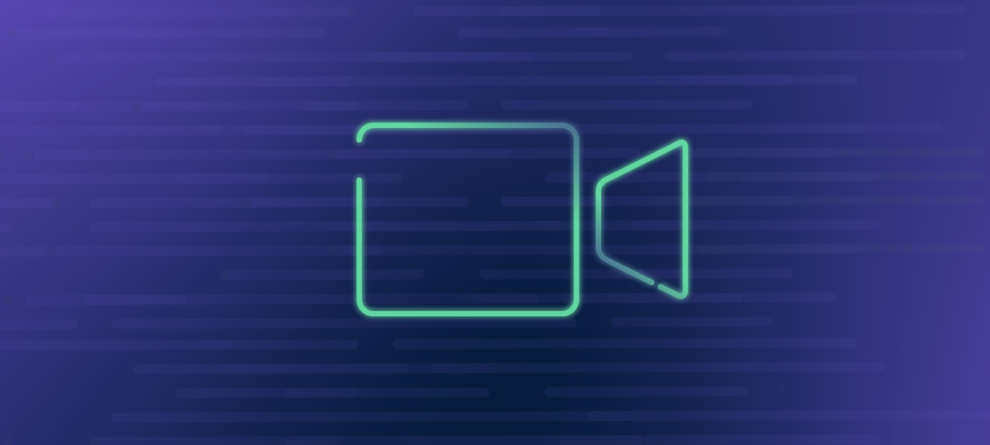Atlassian app developers from around the world came together on June 9th for Developer Day 2022 to focus on building the best new things with Atlassian. Talks explored exciting new product features, unpacked technical applications, and provided accessible how-tos — all thanks to the knowledge and contributions of our global users and teams.
The day itself may be over, but conversations are still buzzing and our community is always creating new ways to support developers and explore new ideas. You can still watch all the talks from Developer Day 2022 on our YouTube channel, as well as a host of new bonus talks that are continuously being added.
These bonus talks consist of engineers, product managers, and business strategists sharing their business and technical knowledge, so developers like you can have even more insight into Atlassian's new products and capabilities. It's been incredible to see what the community is building.
Here's a roundup of our five bonus talks, available now on our Developer Day 2022 YouTube channel.
One
You Are More Than Just Code
Jerome Salimao, Product Manager at Easy Agile, worked as an engineer for a decade before making the transition to product. He speaks about his journey from engineer to product creator and manager over the past two months as he brings a brand-new product to life.
His talk emphasizes the importance of finding a good mix of people who complement your skills, being aware of both your customers' needs and your business goals, and how developers fit into this picture.
Watch Jerome's talk for inspiration on how to bring your own big ideas to life.
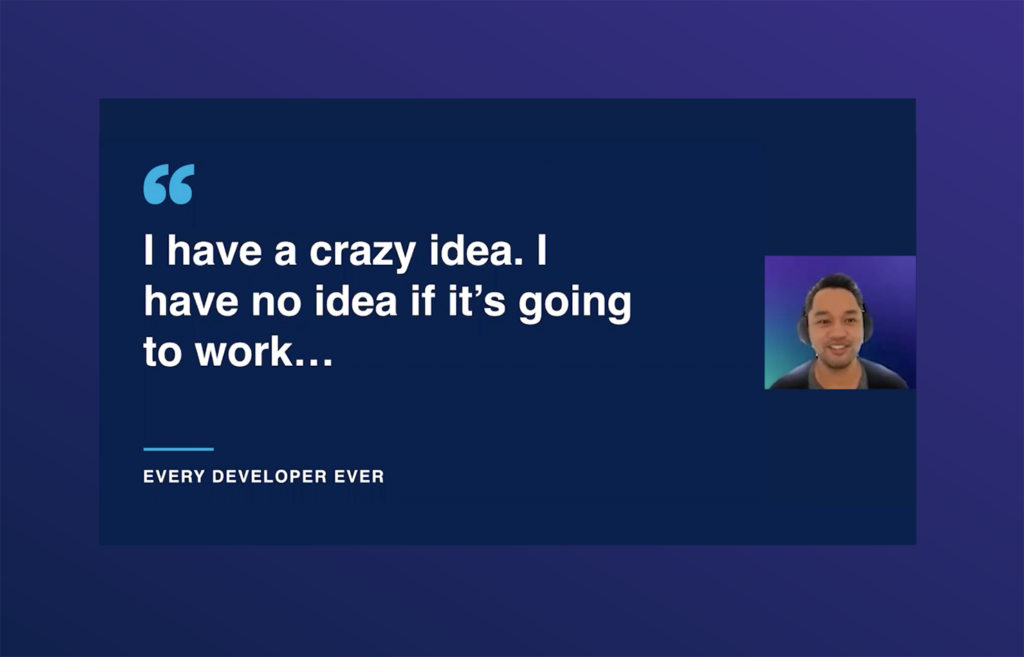
Two
Forge on Forge: How the Forge team builds Forge apps at Atlassian
The development experience on Forge matters to us. We embrace internal usage of Forge to generate internal feedback and continually improve the platform.
This talk from Joe Clark, Senior Product Manager at Atlassian, gives a fun, whistlestop tour of some of the 2,844 internal Forge apps created so far by Atlassian employees building on Forge. Many of these have been created as a part of ShipIt and also Forge Club, an internal project specifically developed to encourage Atlassian teams to create apps on Forge. Forge makes it easy to spin up a proof-of-concept quickly, and using it ourselves helps us understand what developers outside Atlassian experience.
Pullquote: "If we don't use it internally, we won't make it excellent." – Mike Cannon-Brookes – which is exactly the mindset of app developers at Atlassian, who have been using Forge to create apps in order to test and improve the platform.
Internal dogfooding and external user feedback are helping shape Forge to be the best platform it can possibly be. There's even a select group within the Forge dev team specializing in internal adoption by other Atlassian employees, and it's seen as a positive when blockers, incomplete features, or missing functionality are found. We're dedicated to building Forge well — meeting needs, and starting conversations to improve it every day.
Watch the talk, and learn how Atlassian engineers are using Forge. In particular, dive a little deeper into the work behind Compass – a new developer experience platform and mission control for distributed apps – integrating seamlessly with Forge.
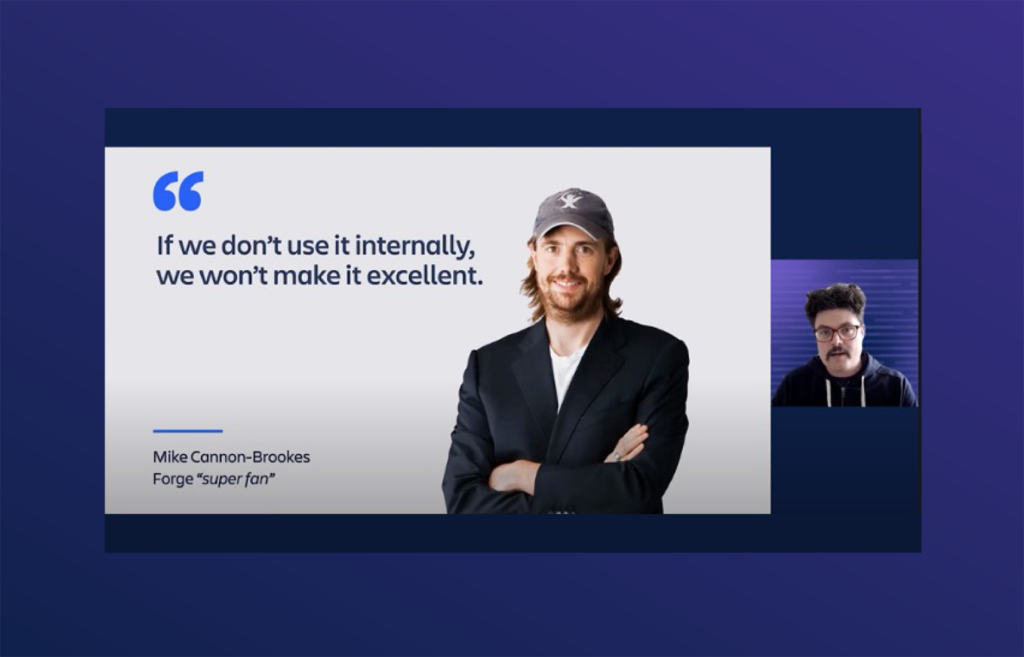
Three
Before and After: A Fireside Chat with Sophie Martin and Abhi Kishore
Sophie Martin, a Strategy and Business Operations Manager at Atlassian, sat down with Senior Full Stack Engineer Abhi Kishore to talk about migrating Smart Links to Forge — a widely-used piece of Atlassian functionality. Abhi's technical insight gives a true under-the-hood look at what it’s like to build and maintain a widely-adopted app or service on Forge.
Smart Links allow users to embed rich context any time a link is pasted into Confluence or Jira. The functionality was originally built as a microservice meant to integrate third party services, to save time switching context – something we all do multiple times every day. It's now moved to Forge, where Abhi learned the pros and cons of migrating apps to Atlassian's serverless app development platform.
He offered a word of advice to all those considering building on Forge in the future: "Just go for it… the developer experience on Forge has been really great. I was able to just run a few commands and have a Forge app running. It's really easy to get started."
Abhi and Sophie's talk explores not only the interesting process, but also the benefits of the Forge migration. Forge has enabled Smart Links to easily scale horizontally: right now, over 30 external providers are supported, whereas pre-migration this number was only 8.
Forge has also improved the reliability, as it's no longer a single monolithic microservice, but neatly compartmentalized to deal with different external provider APIs evolving in different ways. Forge also provides a much more robust, flexible, on-demand architecture. It's freed up a lot of engineering time and energy by being the right blend of infrastructure working right out of the box, and customizability.
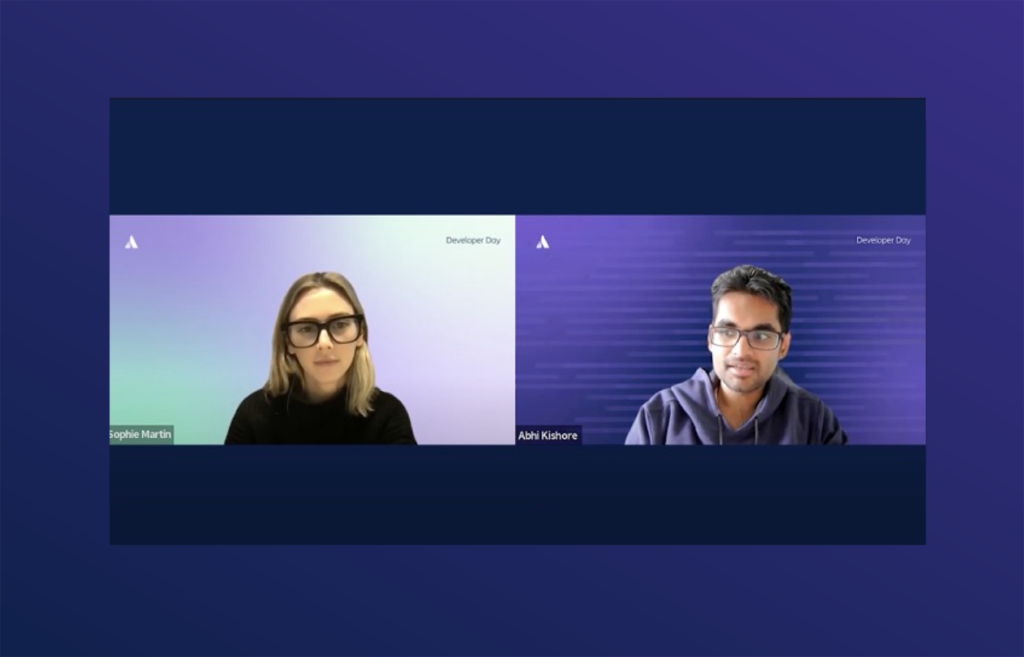
Four
Using GraphQL APIs in Your Forge App
Two Atlassian software engineers, Tyler Brown and Lucas Pan, give a quick rundown of Atlassian's new GraphQL API and how to use it in a Forge app. GraphQL is a query language for APIs that provides a better, more flexible experience than requesting data with REST. GraphQL is designed to help you get exactly what you need, retrieve many resources in a single request, and is implemented with a type system (so you can have code generation and auto completion – and reassurance that your request is structured well!).
The Atlassian GraphQL API is designed to span all Atlassian products, and brings together data from multiple Atlassian products in a single public API service; Jira, Confluence, and other products are all part of the Atlassian GraphQL API. In this quick talk, you'll learn about ARIs (Atlassian Resource Identifiers) and see an example in real time: The Confluence GraphQL API supports queries for pages, blog posts, comments, spaces, and more. During the talk, the team demos how to construct a page query.
If you have any thoughts about the GraphQL API, You can reach out to Product Managers with your feedback by emailing them at pkandappan@atlassian.com.

Five
Handle with Care, it’s Fragile
Server to cloud app migration is an important topic in the developer community. István Verhás of Meta Inf, a developer with over 20 years experience and a Jira expert, talks about migrating apps to Forge without breaking the functionality of links to and from Jira entities, and the importance of moving onto Cloud.
Watch his talk to understand:
- An overview of the app migration process
- The gap between the Data Center and Cloud version of your app
- The different classifications of relationships between Jira and your app
- Lifecycle of the migration tool, and how long you need to support it
- Ways you can prepare for the future of Atlassian app development
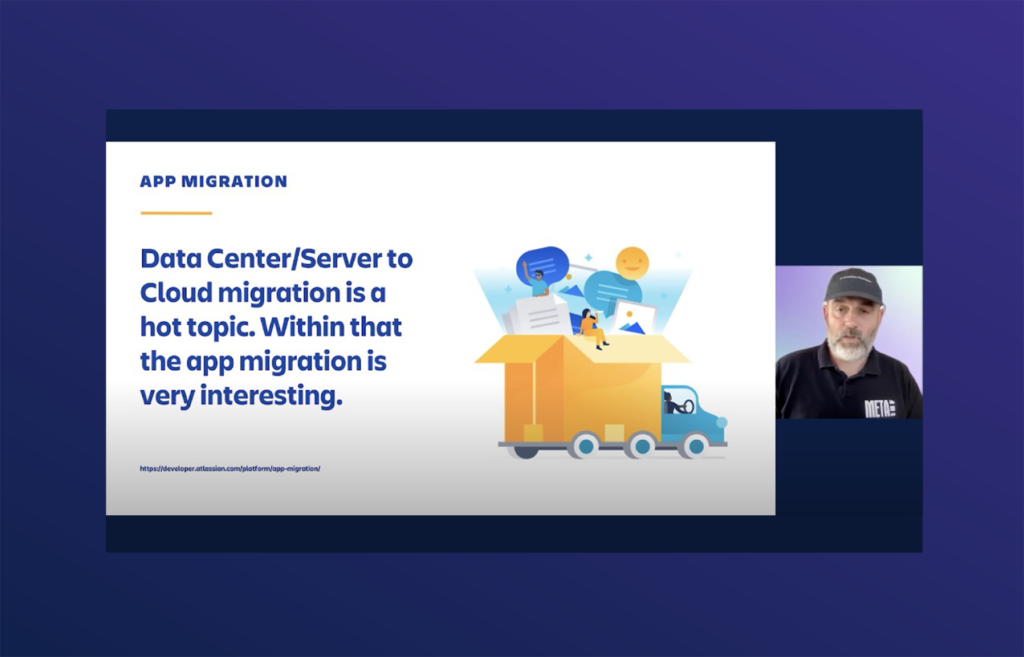
Key Takeaways
Developer Day is one of the highlights of the Atlassian calendar, and everything we do is focused around supporting and encouraging our developer community to learn, grow, and build. We couldn't have done Developer Day 2022 without inspirational speakers on the day and bonus talk contributors like the folks above. From technical tutorials to product management to user experience and support, everyone brings a unique and valuable insight to the table.
Head over to Developer Day 2022 videos on YouTube to get inspired and watch these five bonus talk videos – plus much more from the event. We're already looking forward to seeing you for Developer Day 2023!

